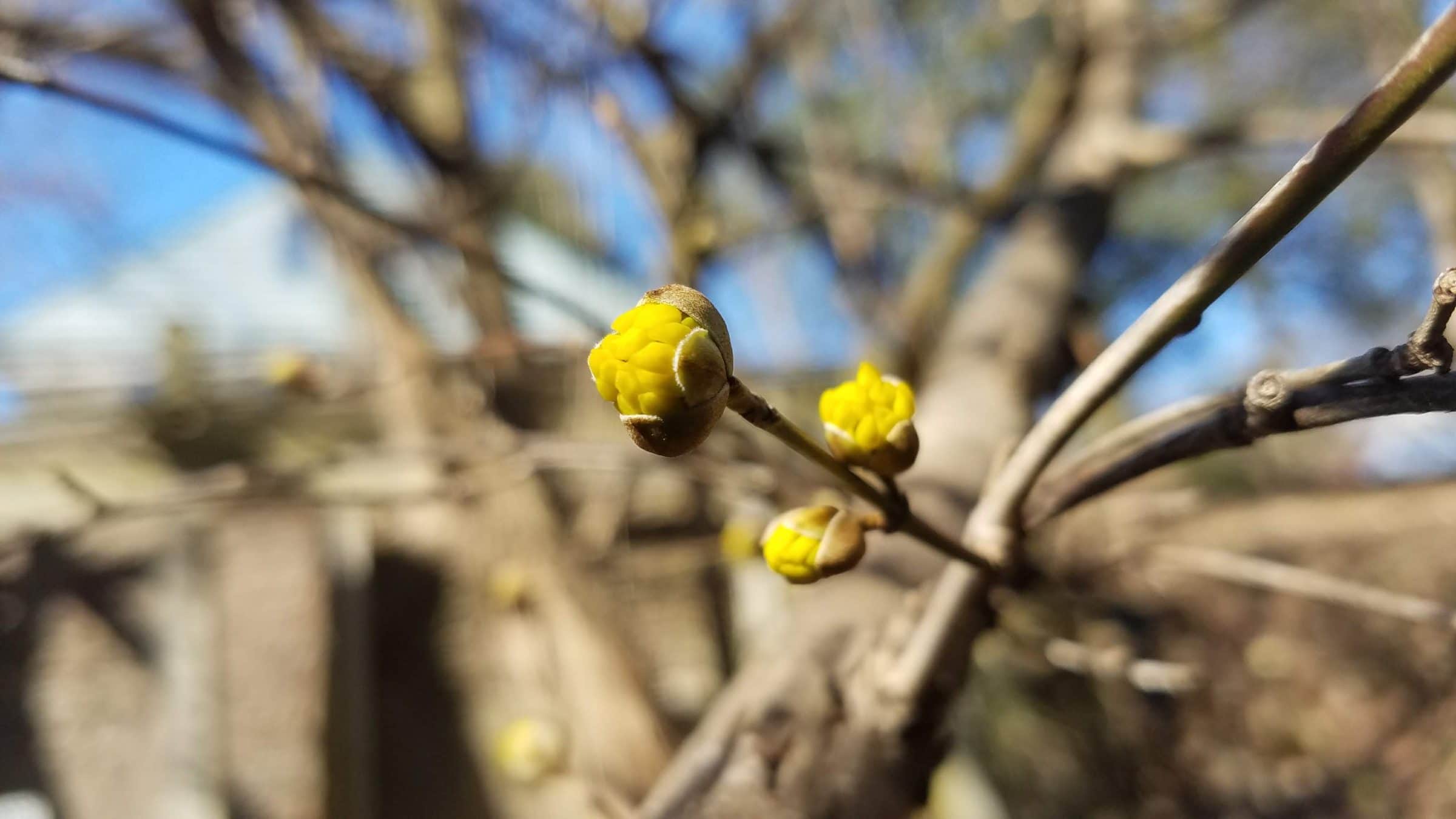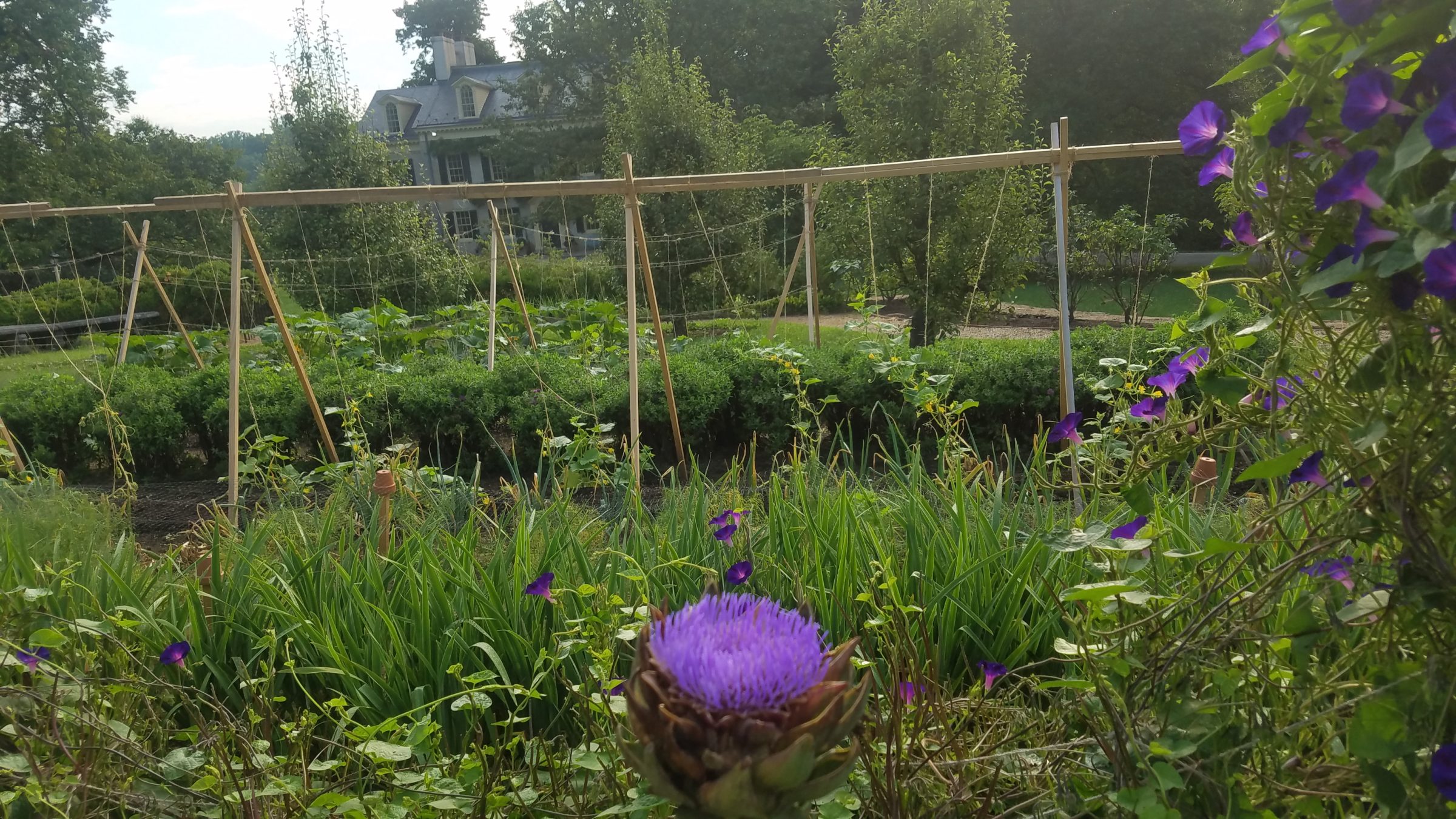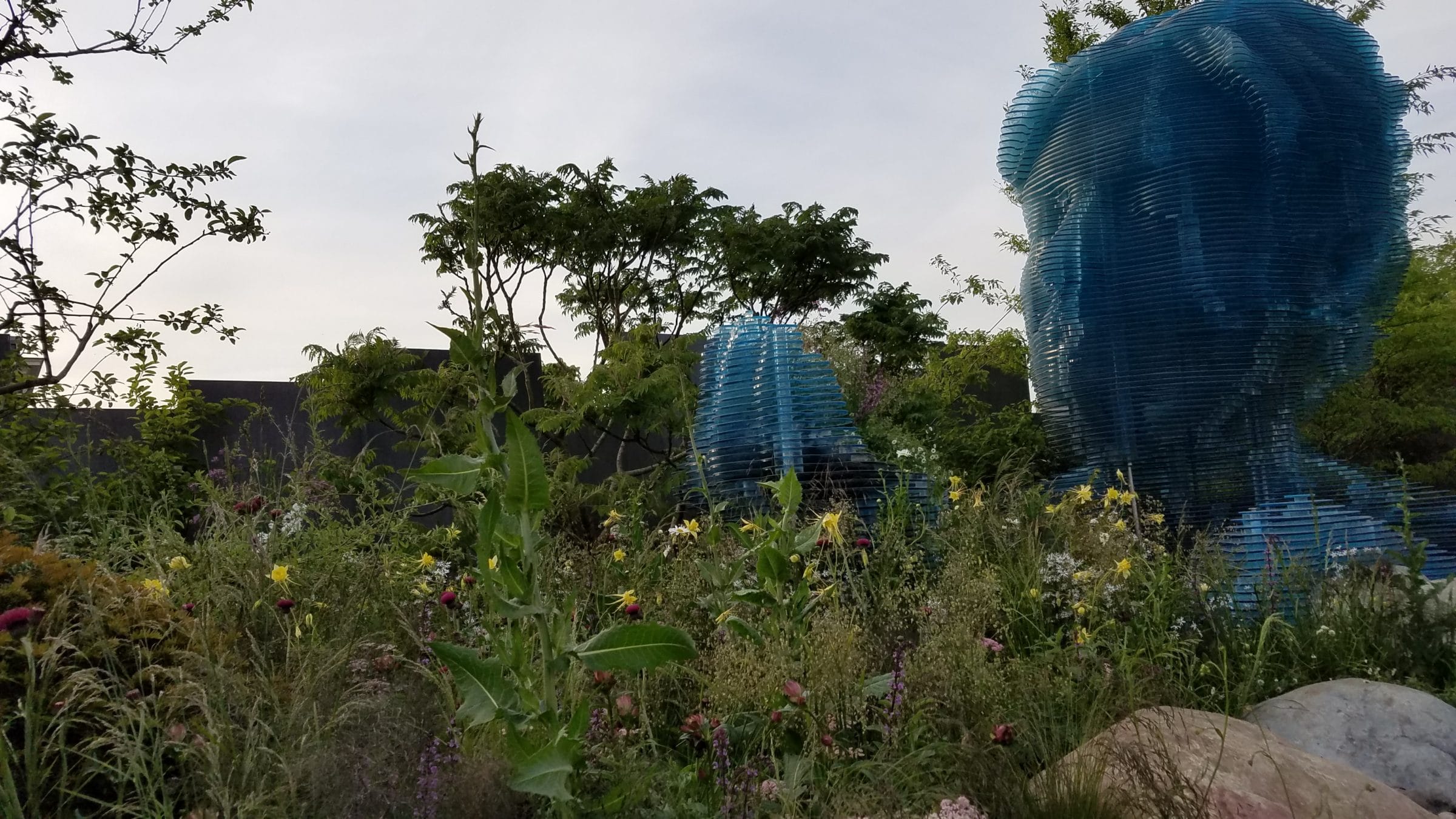
Road to RHS Chelsea Flower Show
What is the Royal Horticultural Society Chelsea Flower Show?
The Chelsea Flower show is the pinnacle of horticultural greatness. Individuals and companies from various horticultural fields compete for a chance to display their talents and products at this prestigious event. Every niche of the horticultural world is covered. Although you can find one of a kind garden sculptures, innovative tools and products, and exquisite plants, by far the biggest draw are the gardens. Space at the Royal Horticultural Society Chelsea Flower Show is coveted, and companies know the marketing power of being associated with this event. Therefore, they will spare no cost at creating a groundbreaking garden that will influence gardening trends and at the same time promote the companies brand.
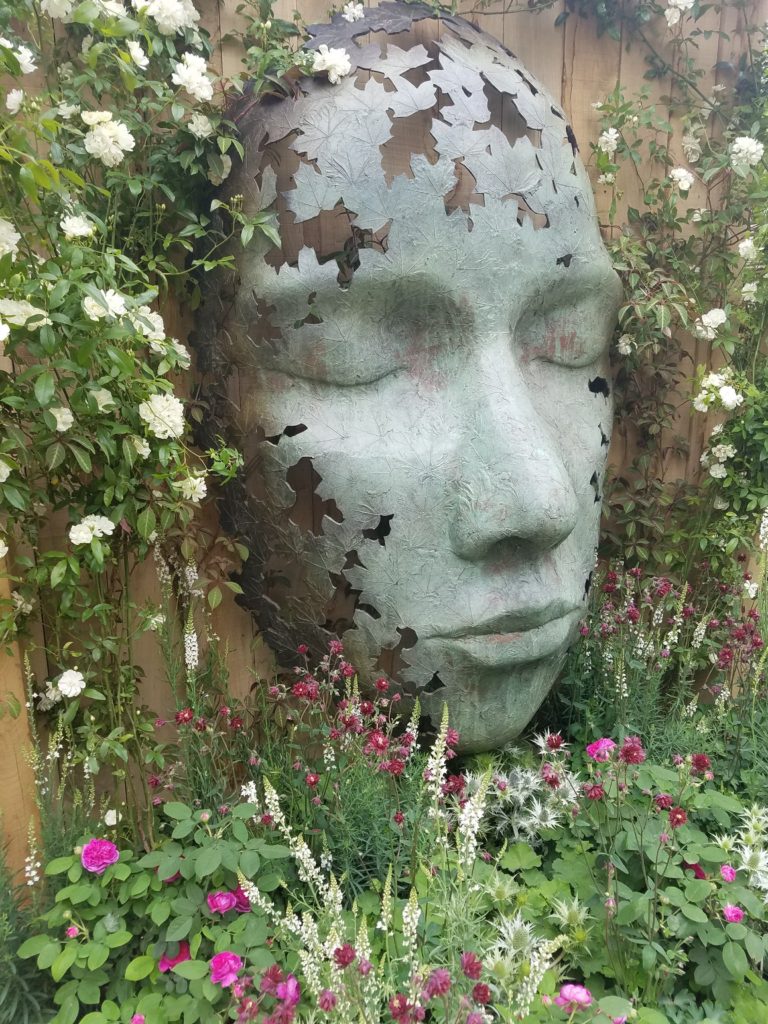
Skilled artists displaying their creations
Held each year in May on the grounds of the Royal Hospital Chelsea in Chelsea, London, the show has been a perennial event at this location since 1912. This is the FIFA World Cup of flower shows. The Superbowl of garden design. Masters of horticultural greatness. Corny analogies aside, it is truly a significant event in the gardening world. Gardening enthusiasts and professionals from around the world attend this event. After the show gardens are complete and before the gates open to the public for 5 days, media day takes center stage.
Why Exhibit at RHS Chelsea?
According to Tom Harfleet, the show manager; “Producing and designing a garden at RHS Chelsea Flower Show will capture the imagination of our visitors, set the tone for gardening trends worldwide and generate extensive publicity.” Viewing this show through the lens of a gardener, I am eager to see what new design trends and horticulture practices will be implemented each year. The show sets standards for the most fashionable plants, best color combinations, gardening techniques, materials, and other relevant categories.
Exhibitors can have a large impact on the gardening world with their garden designs and the techniques used to install them. The show attracts close to 170,000 visitors each year during the week of the exhibition. In addition, the prestigious Royal Horticultural Society Chelsea Flower Show has extensive media coverage. Taking into account national, regional, and international TV and radio, coupled with national press articles and significant online exposure, the combined coverage audience for the 2016 Chelsea Flower Show was 1.9 billion.
With numbers like that, it is no surprise that companies are willing to spend up to 1 million pounds to install these gardens. To ensure these extravagant show gardens communicate the intended message of the sponsors funding them, only the most prominent landscape architects, design and build companies, contractors, and nurseries are hired to translate the clients brief into reality.
I was able to get a glimpse of what it takes to work on a brief dictated from a company intending to exhibit at the 2019 Chelsea Flower Show through my employment at Gravetye Manor.
The Application Process
Gravetye Manor and the Forestry commision that manages the land around the manor are joining forces to create a show garden at the 2019 Chelsea Flower Show. I was able to get an insight into what it takes to become a Chelsea Flower Show garden designer thanks to my colleagues that were tasked with creating a concept design. After receiving the brief from Gravetye Manor and the Forest Commission, Henri Hurtebize and Côme Savagnac began the project that could give them the name of Chelsea Flower Show designer.
Both are landscape architects that are training alongside me at Gravetye Manor to increase their plant palate and learn more about maintaining the garden space. The intimate knowledge of the garden coupled with their design experience made them the perfect candidates for this endeavor. Despite no guarantees and facing talented and experienced landscape designers, they jumped at the opportunity.
The Experience

Interpreting the brief set forth by the partnership of Gravetye Manor and the Forest Commission, the duo began brainstorming various concepts. The design had to implement an essence of Gravetye, and at the same time communicate how forest management practice are adapting to the changing climate. Gravetye Manor hotel, restaurant, and garden are interwoven with the ecosystem of the forest and meadow. Exemplifying this relationship was the main goal of the project.
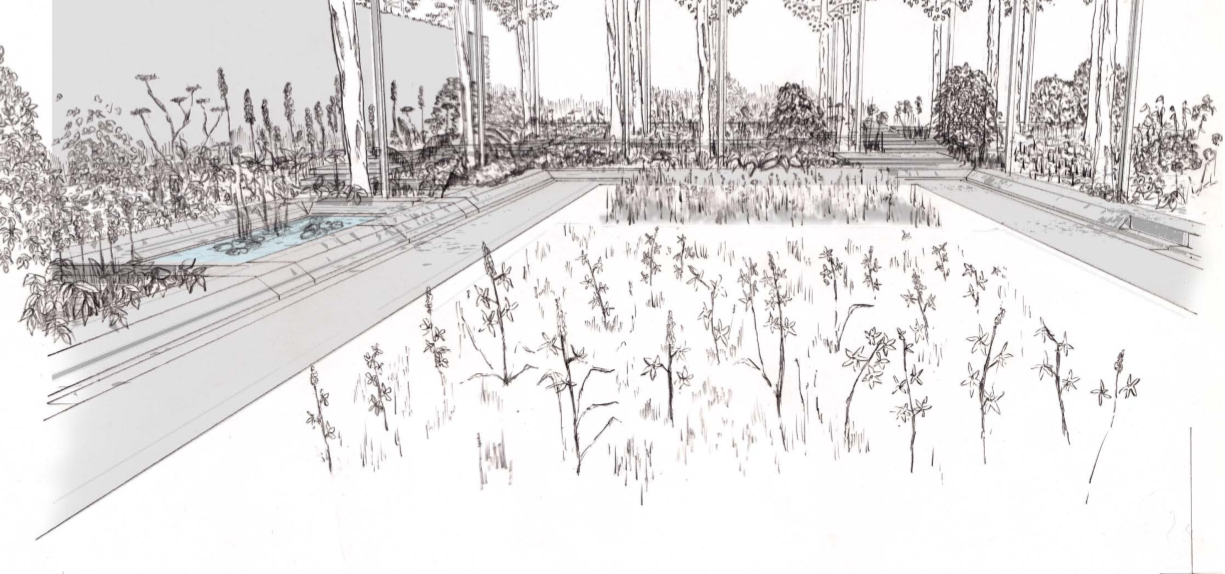
The intimacy provided by the forest is one of the features that makes Gravetye Manor special. Wilderness encroaching on the tamed landscape is a beautiful thing. Rigid lines and formal plantings of the flower garden are eased by the flowing meadows and rolling hills. The eye has a moment to rest between scenes, cleansing the palate before taking in a new view. This juxtaposition is hard to accomplish, yet Gravetye Manor seems to do it so effortlessly.
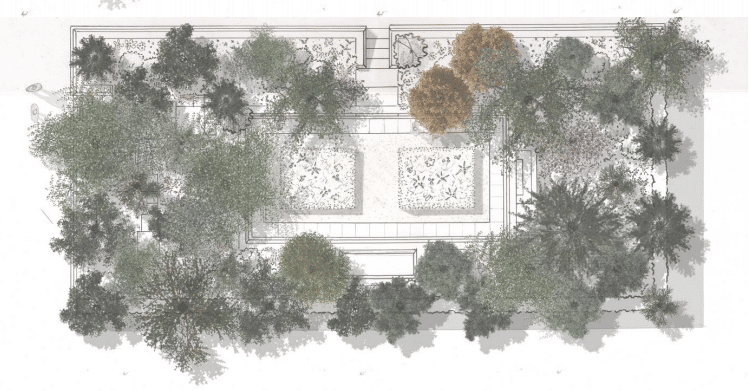
The wild garden spilling over just so gently into the finely manicured croquet lawn reminds you that without control, nature would win this battle. Incorporating the borrowed landscape into a formal design and blending these elements was one of the challenges. Above you can see the initial sketches of the proposed garden concept interpretation of the brief.
As mentioned earlier, the main goal of the brief is to address the growing challenges the forest commision faces while creating a representation of Gravetye Manor. Choosing the proper plants is one way to get closer to that goal. Most importantly, the tree selection had to take into account the changing climate, pests, and diseases that threaten the forests of the United Kingdom. For example, the threat of Emerald Ash Borer suggests avoiding the planting of Fraxinus sp. in anticipation of this pest’s arrival in the U.K. Having the forethought to plan for inevitable pests and diseases, as well as rising temperatures, is crucial to the health of the forests, and consequently, Gravetye Manor.
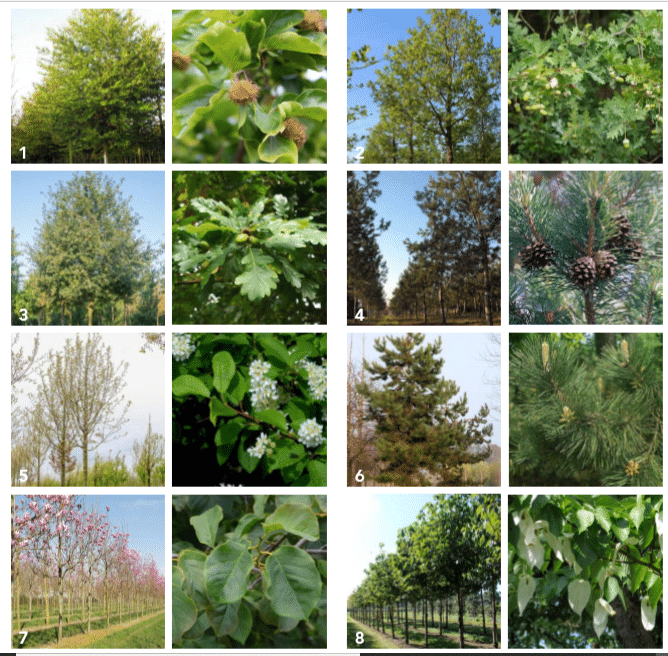
1 – Fagus sylvatica / Common beech
2 – Quercus robur / English oak
3 – Quercus petraea / Sessile oak
4 – Pinus sylvestris / Scots pine
5 – Prunus padus / Bird cherry
6 – Pinus nigra / Corsican pine
7 – Magnolia campbellii / Campbell’s Magnolia
8 – Davidia involucrata / Handkerchief tree
With this in mind, trees were selected based on their ability to cope with the stresses brought forth by globalization and the evolution of pests and diseases. The selection also had to strike a delicate balance of native trees that will sustain the native fauna, as well as exotic trees that show resilience to these threats. Through this careful selection, the concept design can educate the public about the land management considerations that must be made not only in public spaces, but private residences as well. Hopefully, the design can raise awareness of these issues and help people choose trees that provide ornamental value as well as an ecological one.
Unfortunately, my colleagues will not be the ones educating the public about these issues as the chaps were against stiff competition and the contract was awarded to 8 time Gold medal recipient Chelsea show designer, Sarah Eberle. Nonetheless, this was a rewarding experience that has provided insights into the world of the prestigious RHS Chelsea Flower Show.
-Shem Ruszczyk
Design concept_Henri & Côme_Chelsea Flower Show 19
References



